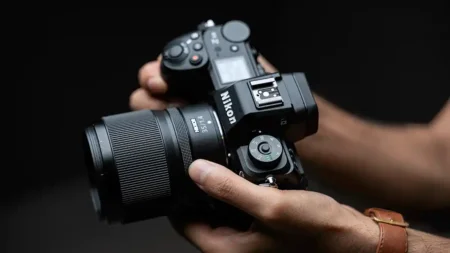While 2018 was a defining year for Sony with the launch of the Sony A7 III, 2019 also saw Sony introduce some significant new cameras throughout its range. Lauded by pro, amateur, ardent DSLR user and brand devotees alike, the Sony A7 III may be the star of the show but resolution junkies and AF addicts will point to the A7R IV and A9 II, respectively which made their recent debuts.
So going into 2020, what are the best Sony cameras you can buy? Having used the full range, we’ve broken them down according to the best Sony cameras for different specific needs…
Best Sony camera for amateurs
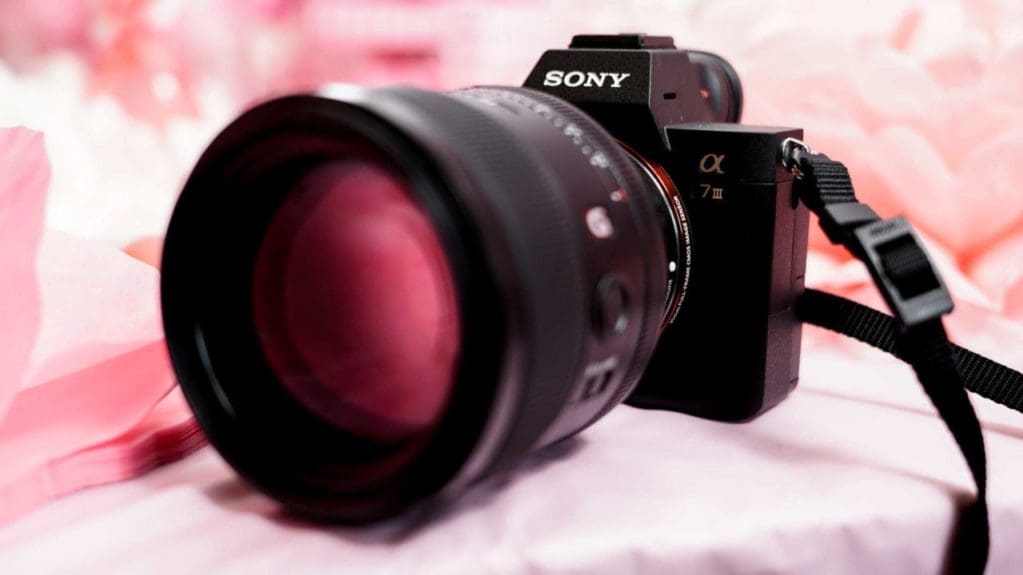 No camera has gained quite as much interest as the Sony A7 III, although you could argue that the Nikon Z series has had a good try.
No camera has gained quite as much interest as the Sony A7 III, although you could argue that the Nikon Z series has had a good try.
The Sony A7 III is the camera that raised the bar, in the same way, that the Canon EOS 5D Mark II did when it arrived a decade ago. It packs in the features around its full frame 24mp sensor.
What’s impressed many photographers from amateur all the way through to pro is the incredible sensitivity range which can be expanded from ISO 50-204800 making ideal for landscape as well as low light work.
The AF System features 693 ultra-fast phase detection and 425 contrast detection AF points and this is coupled with a fast shooting rate of 10fps ideal for sports and wildlife.
Video makers will also be happy with the 4K and 1080p video capture.
The Sony A7 Mark III packs in the features and with the support of the now extensive Sony E mount lens range has become a firm favourite for pros and amateurs alike.
Best Sony Camera for Portrait and Landscape photographers
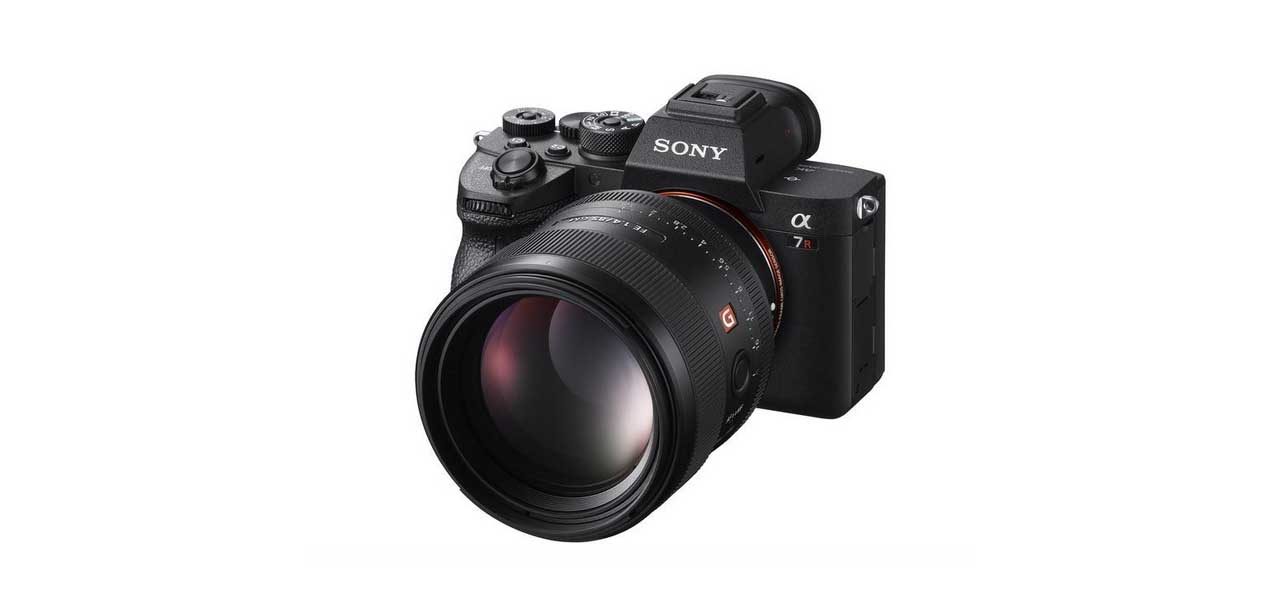
61MP in a camera the size of the A7R IV is groundbreaking and ideal for any resolution junky.
What makes this camera remarkable is the fine balance of the features, size and build quality. The A7R IV feels from the outset that it has been designed as a workhorse.
Aside from the resolution, the specifications of the A7R IV and A7 III are close, but it’s the robustness of build that set the two cameras apart. Dials and port covers are all more robust and better suited to anyone out in the field or in the studio porting their camera into a computer for tethered shooting.
Landscape photographers can make use of the expanded sensitivity range of between ISO 50 to 320,000, for deep rich colour and detail to capture desert sands or utilise the cameras uppermost sensitivity when shooting the aurora borealis.
Back in the studio the hybrid AF system with 567 phase detection AF points will ensure pin-sharp portraits and all the control you’d expect from a pro camera.
Capture One – a firm favourite in Pro studios – has even released a Sony specific version of the software confirming the A7R IV’s place in the professional studio.
Best Sony Camera for video
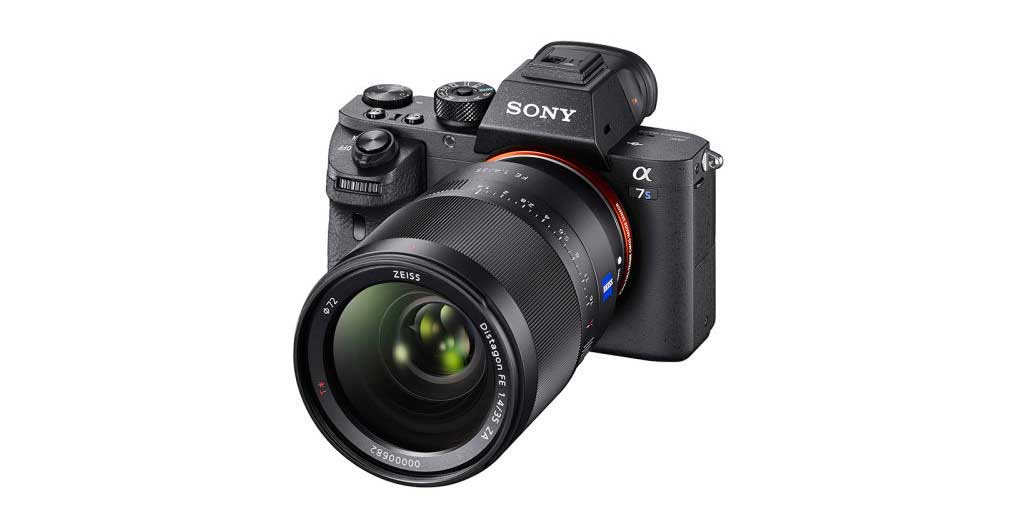 12MP may seem a like a kickback to the past, but with Sony’s experience in the film and broadcast industries you know there has to be a reason.
12MP may seem a like a kickback to the past, but with Sony’s experience in the film and broadcast industries you know there has to be a reason.
The Sony A7S II is the camera to own if you’re a filmmaker. The low-resolution sensor has been fine-tuned for the video to ensure maximum quality and is regularly used as a lightweight broadcast camera.
Essentially the 12MP sensor enables full pixel readout without pixel binning so making maximum use of the sensor.
With features and layout more akin to a stills camera than video it makes the transition for today’s generation of photographers to easily transition between stills and video.
It also packs in pro log colour modes such as S-Gamut3.Cine/S-Log3 which makes it easy for video editors and directors to seamlessly blend footage from multiple cameras.
Of course, ensuring that you’re able to capture the best possible quality video it has options to shoot at 4K, 30fps and 1080p, 120fps.
Being small and lightweight makes the A7S II ideal for handheld use and here the camera features 5-axis images stabilisation to ensure smooth, fluid handheld footage.
Best Sony Camera for professionals
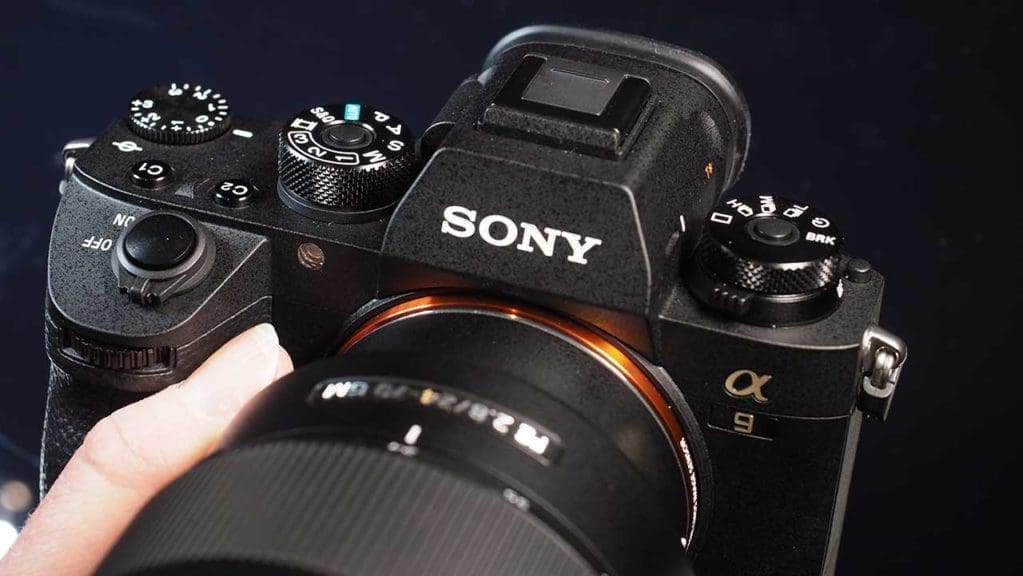 The A9 was the camera that has redefined what is possible in the mirrorless format. With the A9 II Sony has surpassed speed and quality that came before.
The A9 was the camera that has redefined what is possible in the mirrorless format. With the A9 II Sony has surpassed speed and quality that came before.
The A9 II retains the same 24-megapixel stacked CMOS processor and BIONZ X image-processor that enable it to achieve ultra-fast processing of data unseen before in a camera of this size. However, Sony is promising more precision and faster operation thanks to the addition of its latest Bionz X processor.
The A9 II also retains the A9’s much-lauded 693-point phase detection AF system, which also includes 425 contrast AF points. It also incorporates Sony’s Real Time Eye-AF, Real Time Tracking and Fast Hybrid Focusing modes.
Some of the bigger changes in the A9 II vs the A9 are in its design, which includes new weather-proofing around the A9 II body should appeal to professional users. Sony has also reinforced the areas around ports and battery and memory card doors to prevent ingress of water.
Another new addition to the Sony A9 II is a built-in 1000BASE-T Ethernet terminal, enabling gigabit communication for high-speed data transfer.
The Alpha 9 II also adds a new Voice Memo function that allows users to attach voice memos to specific images that can be replayed when the images are reviewed.
Best Sony camera for YouTube
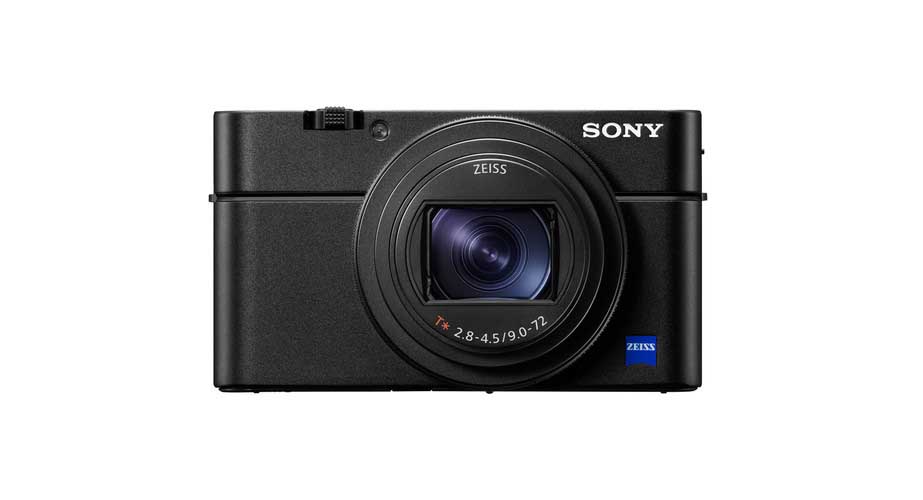
Promising ‘A9-level’ AF performance as well as 90fps single burst shooting, the RX100 VII turned a lot of heads when it was announced and reinforced Sony’s reputation as a true innovator in the market.
Inside the RX100 VII is a 1-inch, stacked 20.1-megapixel Exmor RS CMOS sensor with a DRAM chip and Sony’s Bionz X image processor. On the outside is a ZEISS Vario-Sonnar T* 24-200mmviii F2.8-4.5.
What should really get people excited, though, is the technology the RX100 VII inherits from Sony’s A9. Like the A9, the RX100 VII’s image sensor realises blackout-free shooting for a completely live view, even when continuous shooting at 20fps.
The RX100 VII also promises ‘A9-level’ AF/AE tracking performance during continuous shooting, meaning the camera performs AF/AE calculations up to 60 times per second and captures fast-moving action at 20fps with AF/AE tracking.
Sony’s Real-time Eye AF and Real-time Tracking modes also make their debut for the first time in a compact camera. With 357 focal-plane phase-detection AF points and 425 contrast-detection AF points, its AF system is among the best you will find in a camera this small.
The Sony RX100 VII also debuted a new Single Burst Shooting mode, which captures a high-speed shot at up to 90fps in JPEG or Raw format using the anti-distortion shutter. Sony describes the mode as enabling photographers to frame fast-moving action and shoot as if capturing a single frame, but the RX100 VII will deliver seven frames, taken at 90fps, 60fps or 30fps.
Aimed at vloggers, the Sony RX100 VII also brings some solid movie-making credentials, such as 4K in-body movie recording with full pixel readout and no pixel binning in high bit rate XAVCS, Real-time Tracking and Real-time Eye AF for video and a microphone input.

